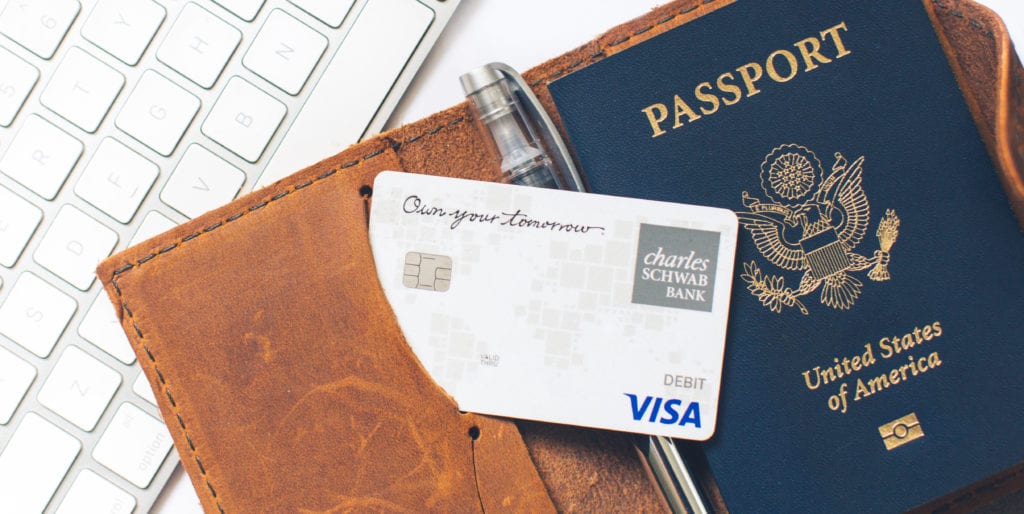International travel can be an exhilarating adventure, but the additional costs that come with using credit cards overseas can quickly dampen the excitement. If you’re planning to visit the U.S. or engage in transactions through international platforms, understanding how to economize on these expenses is crucial.
Learning how to minimize foreign bank charges associated with card use can significantly enhance your experience by keeping extra money in your pocket. This guide will explore various strategies to help you save on international credit card fees while spending in the United States.
Understanding international card fees

Before diving into strategies to reduce costs, it’s essential to understand the components of international card fees. When you use your credit card outside your home country, banks typically charge you foreign transaction fees, which can range between 1% and 3% for every purchase.
These charges compensate for currency conversion and cross-border data processing involved in international transactions. Other fees might include currency conversion fees, an additional charge for converting a foreign currency into your home currency.
By understanding these charges, you can make informed decisions and choose options that minimize such costs. Besides foreign transaction and currency conversion fees, another cost to be aware of is the dynamic currency conversion fee.
This option allows you to pay in your home currency rather than the local currency. Though it may seem convenient, it often comes with a higher exchange rate and additional fees. Being conscious of these charges and opting to pay in the local currency can be more economical. Staying informed about all components of international credit card charges helps you strategize more effectively to avoid excess costs.
Choosing the right credit card
Selecting the appropriate credit card for international use is a vital strategy to avoid exorbitant fees. When looking for a card suitable for foreign transactions, focus on finding one that offers no foreign transaction fees. Multiple banks and financial institutions offer travel credit cards specifically designed to offer generous terms for international spending.
These cards often include additional travel benefits, such as airline miles or cashback, which can further enhance their value and offset travel-related expenses. Pay attention to the card’s network as well. Visa and Mastercard are widely accepted worldwide, making them valuable companions for international travelers.
A card linked to these networks ensures that you encounter fewer restrictions, making it easier to use your card almost anywhere. This convenience can prevent unnecessary headaches and additional costs associated with having to find alternative payment methods.
Utilizing digital payment platforms
Another effective way to save on international card fees is to explore digital payment platforms that offer competitive currency exchange rates and lower transaction costs. Services like PayPal or Wise allow users to hold multiple currencies within one account. This enables you to transact directly in the foreign currency, often at a much favorable rate than standard credit card transactions.
Such services can also offer the convenience of seamless transfers without the need for physical currency exchanges. By using these platforms, you not only save on conversion fees but also enhance your security when making international transactions. These services are designed with robust security measures, reducing the likelihood of fraudulent activities that can sometimes accompany foreign transactions.
Monitoring your expenses
Even with the best card and digital platforms at your disposal, monitoring your spending remains a cornerstone of saving money on international credit card fees. Keep close track of your purchases to ensure that no unexpected charges catch you off-guard.
By frequently checking your statements and using mobile banking apps, you can stay informed about your spending habits and quickly identify any unauthorized or erroneous charges. Developing a budget for your trip can further help control expenses.
Knowing your spending limits in advance helps you prioritize important purchases and avoid impulse buys that inflate your costs. A well-planned budget aligned with your travel itinerary ensures that you allocate funds to areas of highest importance, keeping you in control of your finances.
Taking advantage of loyalty programs
Lastly, enrolling in loyalty programs can present unique opportunities to save on international credit card fees. Many travel credit cards come with built-in membership options for airline and hotel loyalty programs. These programs often offer exclusive discounts on international bookings, reducing the cost of accommodation and flights through accumulated points or miles.
Leveraging such rewards can offset some expenses and convert your spending into tangible savings. For frequent travelers, getting to know these programs and strategically using points can result in free flights or complimentary hotel stays. While this requires a degree of planning and forethought, the benefits can be substantial, significantly reducing the overall cost of international travel.

